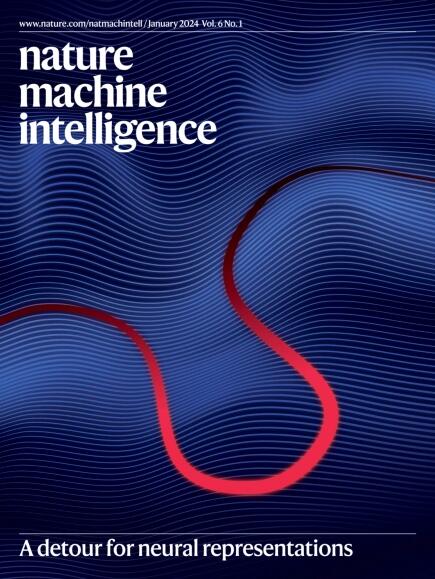The promise of generative AI for suicide prevention in India
IF 23.9
1区 计算机科学
Q1 COMPUTER SCIENCE, ARTIFICIAL INTELLIGENCE
引用次数: 0
生成式人工智能在印度预防自杀的前景
据世界卫生组织(WHO)估计,全球自杀率为每 10 万人中有 9 人自杀,即每年有 72 万人死于可预防的自杀。尽管多部门齐心协力,但预防自杀仍是一项复杂的公共卫生挑战,受到社会经济、文化和压力相关因素的影响。在印度,通过 2017 年《心理保健法》1 实现自杀非刑罪化、2022 年制定《国家自杀预防战略》以及引入 Tele MANAS(跨邦心理健康援助与网络)计划,都代表着在正确方向上迈出的重要步伐。然而,各州的执行情况往往并不一致2。在此关头,生成式人工智能(GenAI),尤其是大型语言模型(LLMs),可能会增强多部门预防自杀工作的能力,尤其是在资源有限的环境中。围绕自杀的污名化和迷信往往会阻碍家庭或社会支持系统及时提供帮助。据报道,我国的自杀求助热线作为第一道安全网,由未经培训的志愿者2 负责管理,无法提供足够的支持。在数字领域,大多数预防自杀应用程序仍然对印度人口的文化和语言多样性4 不敏感,而且几乎不为边缘化群体(如达利特人、男女同性恋、双性恋和变性者)和低收入人群提供服务。鉴于大多数印度人不讲英语,获取技术的途径有限,数字干预措施需要克服印度人面临的三重挑战--可负担性、可获取性和多语言性。要使解决方案增值,就必须重视开发具有成本效益的模式,这些模式可以离线部署或以混合模式部署,并辅以母语5 和音频支持。
本文章由计算机程序翻译,如有差异,请以英文原文为准。
求助全文
约1分钟内获得全文
求助全文
来源期刊

Nature Machine Intelligence
Multiple-
CiteScore
36.90
自引率
2.10%
发文量
127
期刊介绍:
Nature Machine Intelligence is a distinguished publication that presents original research and reviews on various topics in machine learning, robotics, and AI. Our focus extends beyond these fields, exploring their profound impact on other scientific disciplines, as well as societal and industrial aspects. We recognize limitless possibilities wherein machine intelligence can augment human capabilities and knowledge in domains like scientific exploration, healthcare, medical diagnostics, and the creation of safe and sustainable cities, transportation, and agriculture. Simultaneously, we acknowledge the emergence of ethical, social, and legal concerns due to the rapid pace of advancements.
To foster interdisciplinary discussions on these far-reaching implications, Nature Machine Intelligence serves as a platform for dialogue facilitated through Comments, News Features, News & Views articles, and Correspondence. Our goal is to encourage a comprehensive examination of these subjects.
Similar to all Nature-branded journals, Nature Machine Intelligence operates under the guidance of a team of skilled editors. We adhere to a fair and rigorous peer-review process, ensuring high standards of copy-editing and production, swift publication, and editorial independence.
 求助内容:
求助内容: 应助结果提醒方式:
应助结果提醒方式:


